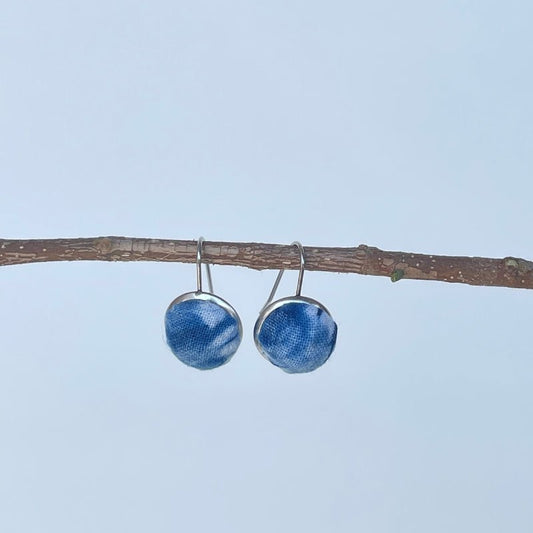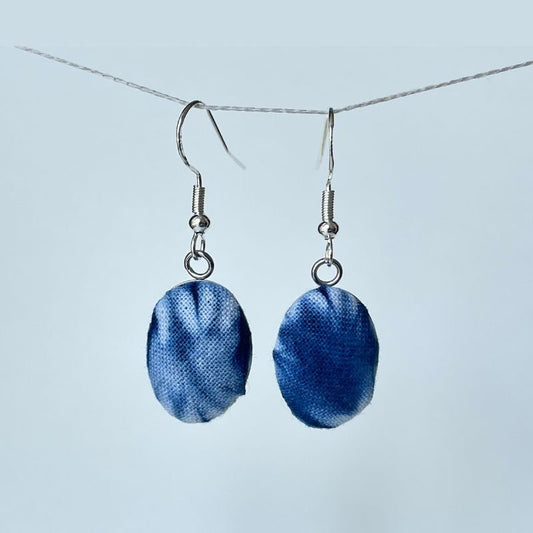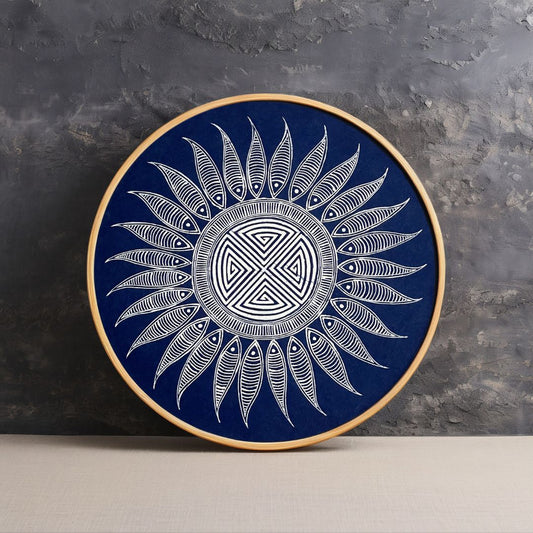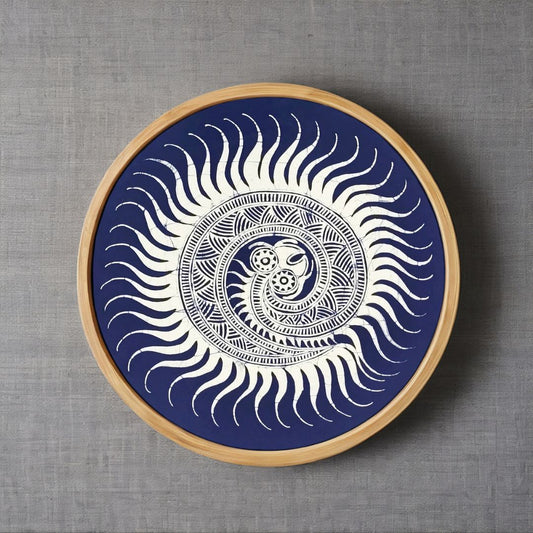The Legacy of Miao Batik
Batik is one of China’s most cherished traditional handicrafts, and among its many variations, Miao batik stands out as a unique and time-honored technique. Passed down through generations in Guizhou Province—particularly in Danzhai, Anshun, and Zhijin counties—this ancient craft has been an integral part of Miao culture for centuries.
Historically referred to as “wax-resist dyeing” or "wax printing," Miao batik is known in the Miao language as "Wutu," meaning "wax-dyed clothing." With its striking blue-and-white patterns and intricate designs, Miao batik is a true gem of Chinese folk art.
A Symphony of Wax and Indigo
Miao batik is distinguished by its deep indigo-dyed fabric adorned with crisp white patterns. Unlike other forms of batik that use multiple colors, Miao artisans primarily work with a single hue—indigo.
This is because wax, which is used to create the resist patterns, melts at high temperatures, limiting the dyeing process to cooler conditions. Indigo is one of the few natural dyes that adheres to fabric at room temperature, making it the perfect choice for this intricate art form.
While multicolored batik exists, it is rare and typically reserved for large decorative pieces such as wall hangings and drapes rather than everyday clothing.
The Art of Miao Batik: A Step-by-Step Process
The creation of Miao batik is a meticulous process requiring patience, skill, and an intimate knowledge of traditional techniques. The craft follows several essential steps:
- Fabric Preparation – Selecting and preparing high-quality cotton or hemp fabric.
- Wax Preparation – Melting natural beeswax or insect wax and mixing it with pine resin for the perfect consistency.
- Pattern Application – Using a stencil or handcrafted wax knife, artisans create intricate motifs that reflect Miao cultural symbols.
- Indigo Dyeing – Submerging the fabric in a vat of indigo dye multiple times to achieve the desired depth of color.
- Wax Removal – Boiling the fabric in hot water to remove the wax, revealing the stunning contrast between white designs and the deep blue background.
- Final Touches – Washing and drying the batik fabric, which is then transformed into garments, accessories, or home décor.
The Beauty of Handmade Imperfections
One of the most distinctive features of Miao batik is its signature crackle effect. As the wax cools and hardens, it naturally develops tiny cracks.
When the fabric is dyed, indigo seeps into these fissures, creating delicate veins of color that add depth and character to each piece. This organic imperfection is a hallmark of authentic Miao batik, making every creation one-of-a-kind.
The Cultural Significance of Miao Batik
Miao batik is more than just an art form—it is a cultural legacy that tells the stories of generations past.
Known as the "history book worn on the body," Miao batik patterns often depict symbols of nature, mythology, and ancestral heritage. From swirling clouds and geometric patterns to birds, dragons, and flowers, each design carries a deeper meaning, embodying the Miao people’s connection to their traditions and spiritual beliefs.
Preserving a Dying Art
Despite its beauty and cultural importance, Miao batik faces the challenge of modernization. Many traditional artisans are aging, and fewer young people are learning the craft.
By supporting handmade Miao batik, we help preserve this ancient art form and empower local artisans to continue their work.
At our store, we celebrate the rich heritage of Miao batik by offering a selection of handcrafted pieces made with love and tradition. Each item is a testament to the artistry and skill of Miao artisans, bringing a touch of history, culture, and authenticity into your home.
🌿 Shop Authentic Miao Batik
Browse our collection of hand-dyed batik wall hangings, clothing, and accessories—all made using traditional techniques by skilled Miao artisans.
Every purchase supports the preservation of this ancient craft and sustains the livelihoods of talented artisans in Guizhou.
✨ Shop now and own a piece of living history! ✨















